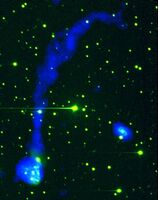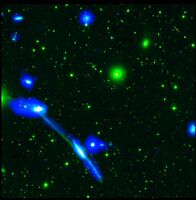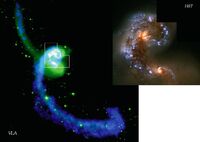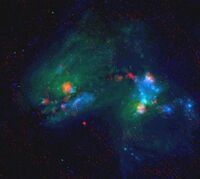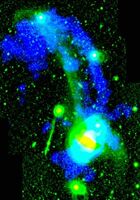Legacy Astronomical Images > Galaxies Series > Peculiar Galaxies Unit
Description
Peculiar, or irregular, galaxies have distorted features and do not fit completely into a normal galaxy category.
Collection Items
Collection Tree
- Legacy Astronomical Images
- Legacy Astronomical Images > Galaxies Series
- Legacy Astronomical Images > Galaxies Series > Peculiar Galaxies Unit
- Legacy Astronomical Images > Galaxies Series



